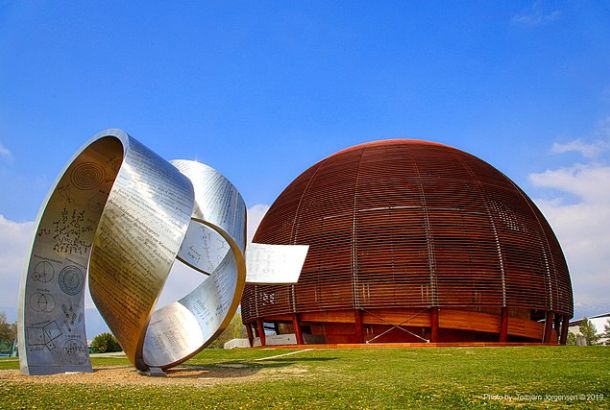From mRNA vaccines to the quantum dots: The 2023 Nobel Prizes for science
By laurenmanning and Frances Briggs
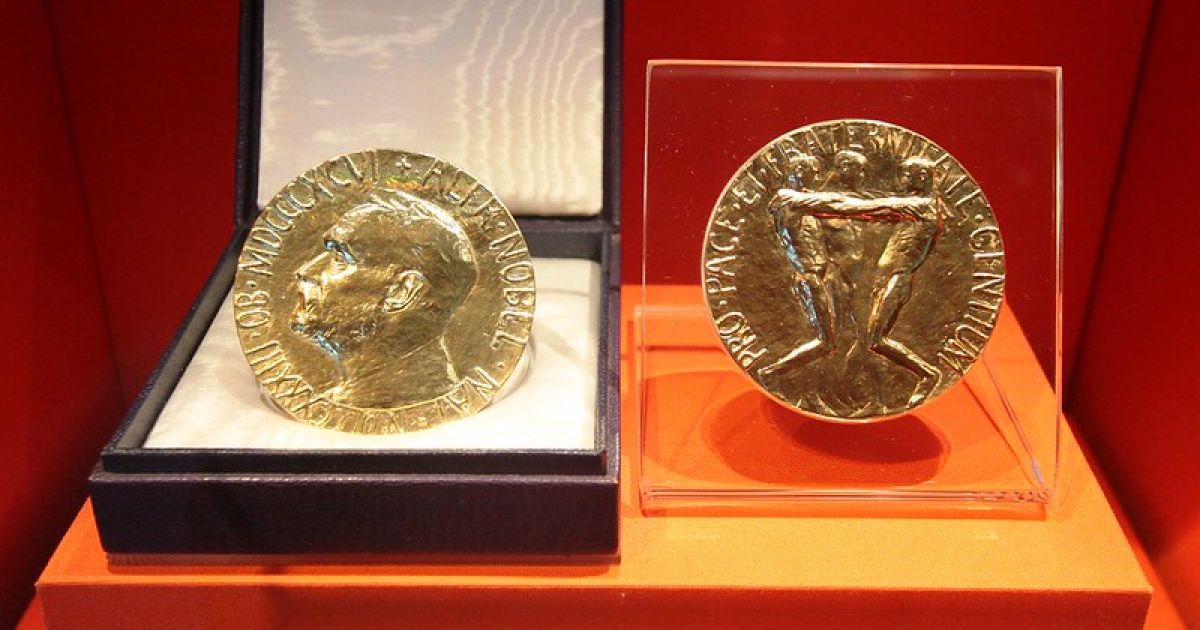
It’s that time of year again. The leaves are turning, it’s raining (a lot), and this year’s Nobel Prizes have been announced. Here’s a rundown of the 2023 scientific laureates and the contributions that earned them each a Nobel Prize.
The Nobel Prize in Physiology or Medicine 2023
When the first COVID-19 vaccine was authorised in December 2020, just one year after the virus first emerged, the world breathed a sigh of relief. The world also, for the first time, took notice of a molecule called messenger RNA (mRNA), the key ingredient of the vaccines, and the reason why the 2023 Nobel Prize in Physiology and Medicine has been awarded to Katalin Karikó and Drew Weissman.

mRNA is a single-stranded molecule that functions as an intermediary messenger between DNA and protein-making machinery in our cells. It consists of a series of four nucleotide bases, with the specific sequence of these bases encoding a set of instructions to direct protein synthesis.
The idea of using synthetic mRNA in vaccines and delivering therapeutic proteins to the cells is not new, but researchers faced major challenges in bringing this to clinical practice. These issues included the fact that mRNA produced in the lab induced immune-mediated inflammatory response, and led to inefficient protein production.
In 2005, fifteen years before the COVID-19 pandemic, Karikó and Weissman showed that using modified bases in the synthesis of in vitro mRNA reduced unwanted inflammatory reactions and increased protein production. Though little interest was paid at the time, this discovery proved to be critical to the rapid development of mRNA vaccines and saved countless lives during the COVID-19 pandemic.
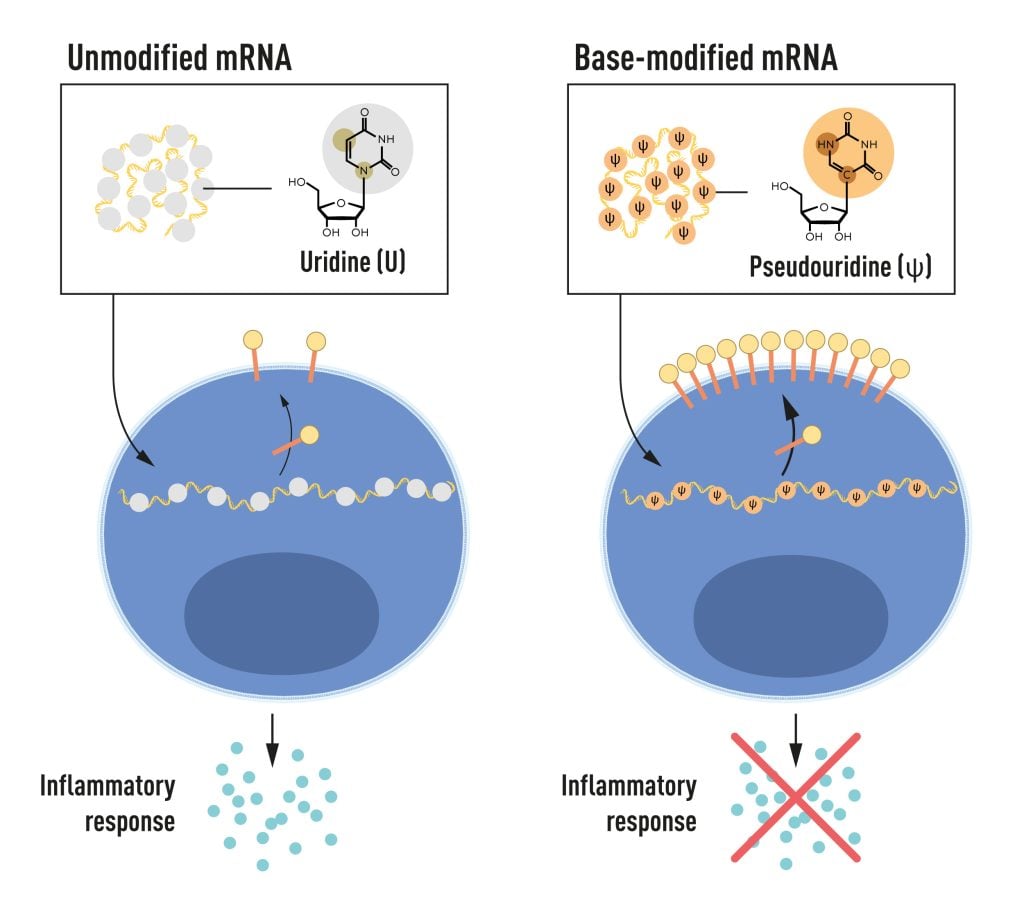
The Sveriges Riksbank Prize in Economic Sciences in Memory of Alfred Nobel 2023
Despite an increasing number of women in the workforce over the last century, there are still significant differences in employment rates and earnings between the sexes. By combining labour economic theory with innovative economic history research, Claudia Goldin, Professor of Economics at Harvard University, identified the factors underlying these differences and the changing role of women in the labour market over the last 200 years. These findings earned her the 2023 Nobel Prize for Economics.
Goldin’s first major contribution was to disprove the commonly held belief that there has been a consistent rise in female participation in the labour market during the period of steady economic growth over the last 200 years. She showed that women’s employment rates have actually followed a U-shaped curve, with the numbers of females in paid work decreasing significantly with the transition from an agricultural to an industrial society before rising again over the last century.

Goldin’s research found three key factors that impact female participation in the workforce: changing expectations, increasing education levels, and access to contraception. During the early 20th century, most women were not expected to have a career, and to only work for a few years prior to marriage.
By the 1950s and ’60s, changes in societal norms meant married women often returned to work when their children were older. However, their educational decisions had been made based on the expectation that they would not have a career, and thus their job opportunities were severely limited. In addition, by the time mothers returned to the labour market, their daughters had often already chosen their education paths, based on this same expectation.
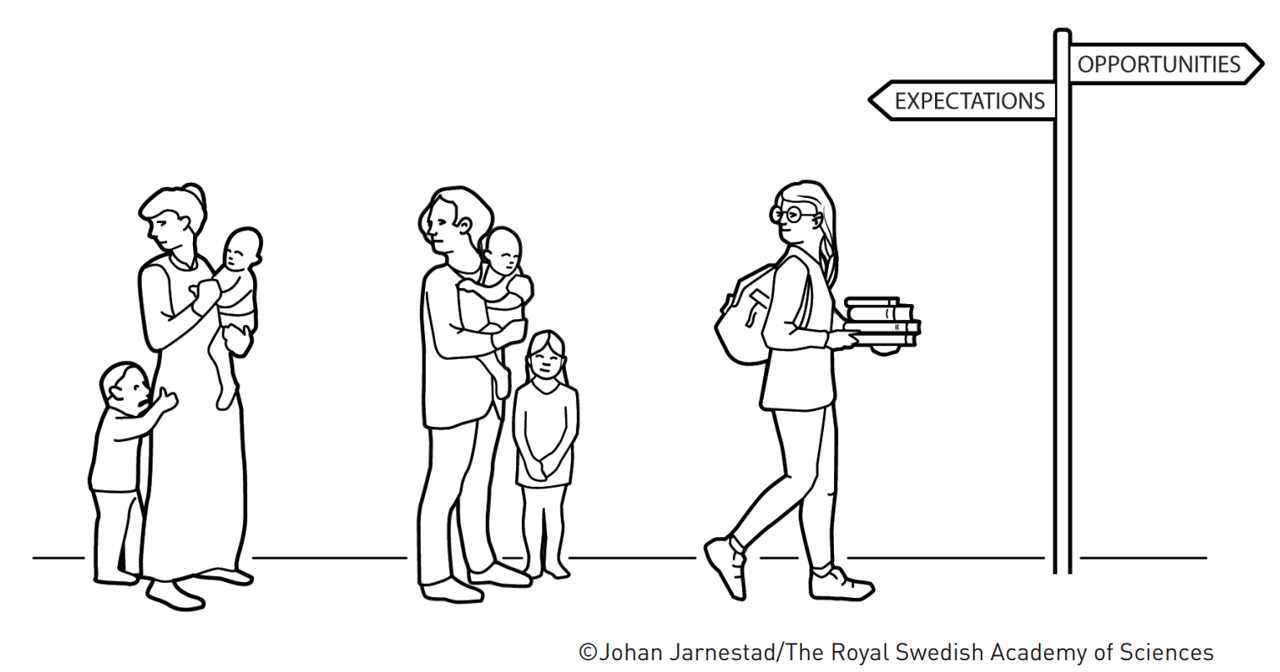
Goldin showed that this gap between expectation and opportunities did not begin to close until the 1970s, when females began to invest more in their education and careers. This coincided with the introduction of the pill during the late 1960s which allowed women to delay marriage and childbirth and better plan their futures. As a result, the job opportunities for women expanded significantly, giving them more incentive to invest in their education and careers.
This deeper understanding of the factors leading to gender differences in the labour market has “advanced our understanding of women’s labour market outcomes,” and helped to identify the remaining barriers to gender equality in the workforce.
The Nobel Prize in Chemistry 2023
Quantum dots, dots so teeny tiny that they are measured on the nanometre scale, have won the Nobel Prize for Chemistry this year. The scientists behind the “discovery and synthesis of quantum dots” are Moungi Bawendi, Louis Brus and Alexei Ekimov.
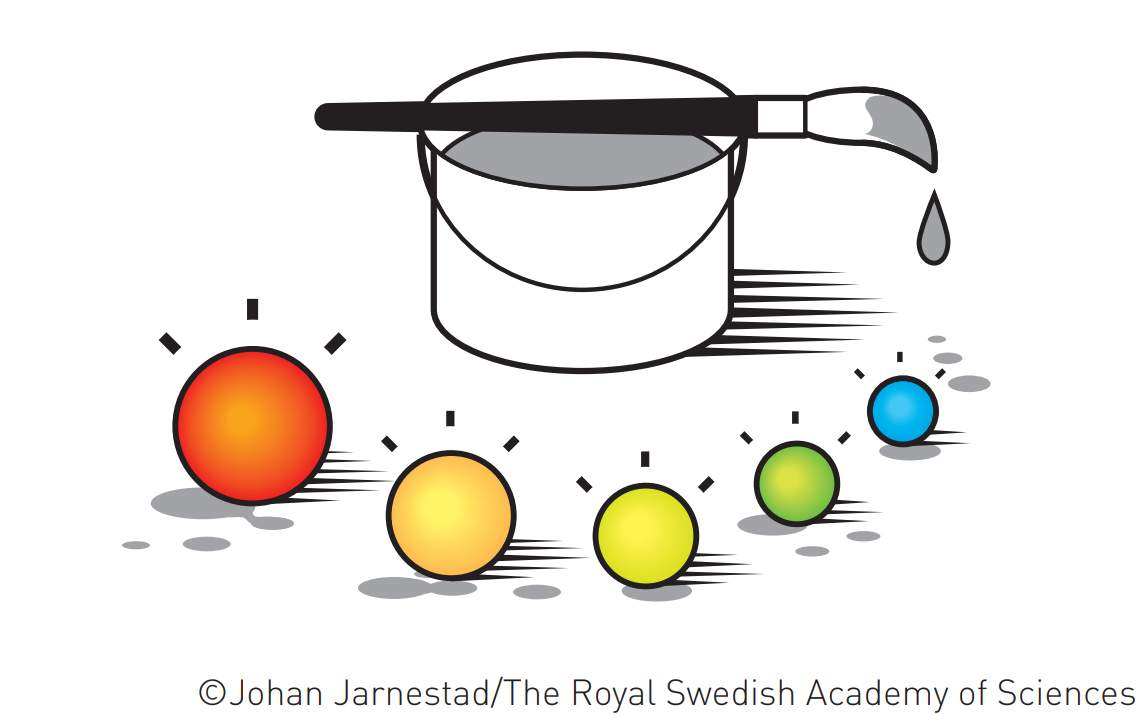
When you take things to this nanometre scale, rather than being defined by the number of electrons, the properties of matter are defined by their size. This is known as the quantum phenomena. As a result, these properties can be altered and adapted by changing the size of these quantum dots.
Ekimov was the first to successfully create size-dependent quantum effects in coloured glass, as a result of nanoparticles in the material. Ekimov was able to show that the particle size affected the colour. A few years on Brus took this further, showing size-dependent quantum effects in particles floating freely in a fluid. A decade on from Ekimov’s success, Bawendi ushered quantum dots to new heights, producing almost perfect particles that were of high enough quality to be used in applications.
This was the beginning of a vast range of new industrial applications which have accelerated progress in technology, such as the flexible TV screens we now see, or incredibly efficient LEDs of a multitude of colours.
The Nobel Prize in Physics 2023
Pierre Agostini, Ferenc Krausz and Anne L’Huillier have won the Nobel Prize in Physics this year for their experimental research in generating “attosecond pulses of light for the study of electron dynamics in matter.”
These pulses of light last 10-18 seconds, or one quintillionth of a second. An impossibly small fraction of time to consider, Agostini, Krausz and L’Huillier have enabled the investigation of electron processes within this minuscule timescale which was not possible before their contributions to attophysics.
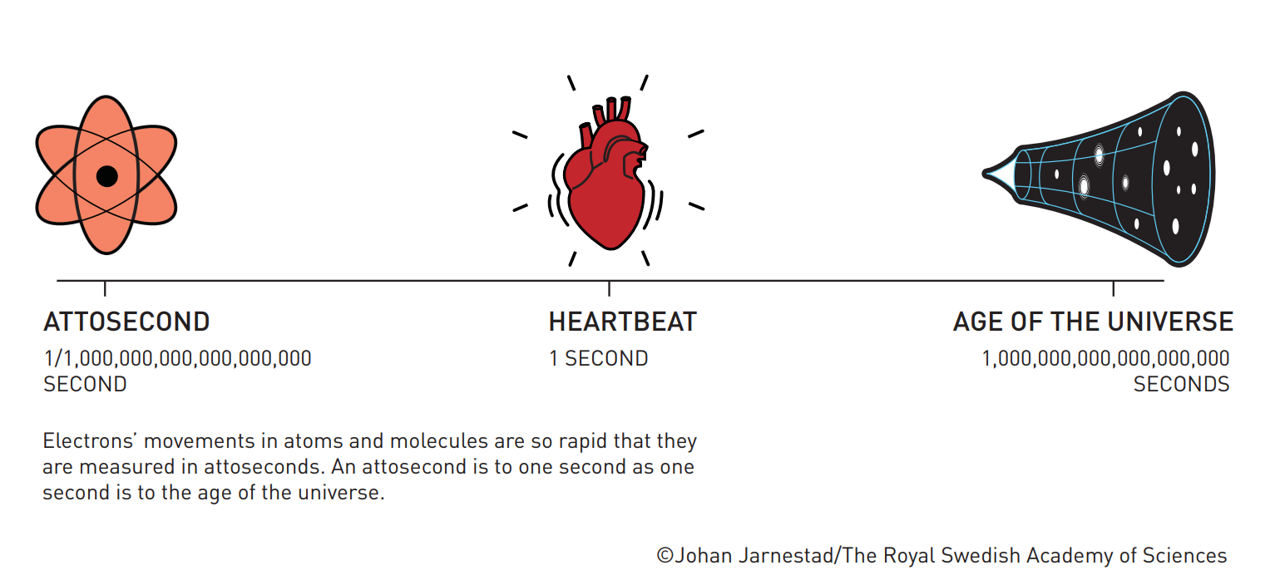
Anne L’Huillier kickstarted this, when in 1987 she discovered that many distinct light waves arose when she transmitted infrared laser light through a noble gas. The laser light interacts with atoms in the gas, transferring energy to some of their electrons. This excites electrons and, to return to their original energy, they emit this excess energy as light.
Following on from L’Huillier’s work, Agostini and Krausz were both hard at work in 2001 investigating light pulses. Krausz was working on isolating individual light pulses, producing isolated pulses that lasted 650 attoseconds. Meanwhile, Agostini saw success in the production and investigation of a series of light pulses, each lasting 250 attoseconds.
Since these discoveries, scientists have fine-tuned things. And now the probability of an electron being at x-position is much more certain, with attosecond light pulses able to capture glimpses of atom-level activity.
Looking into the future
In science particularly, the Nobel Prize winners seem to be lauded long after their achievements have been recognised by the scientific world. Who can predict who will be the next great laureate of Economics, Physics, Medicine or Chemistry in 2024? It’s up to the Royal Swedish Academy of Sciences to decide.
Find out more about this year’s Nobel Prize winners: John Fosse takes the 2023 Literature Nobel Prize.
